Anti-Mafia Tours of Palermo with the Young People of Addio Pizzo
The first stop is in Capaci, the long highway where on May 23, 1992 a powerful dynamite explosion killed anti-mafia judge Giovanni Falcone, his wife Francesca Morvillo, and three police escorts in his entourage. It is a symbolic place in Sicily’s recent history where flowers carved in maroon marble commemorate the ultimate sacrifice made by the mafia’s “number one enemy,” and the beginning of Cosa Nostra’s “strategic strategy” that led to the assassination of Paolo Borsellino and the attacks in Rome, Florence, and Milan.
The Addio Pizzo travel company has chosen to begin its “Springtime without Protection Money” Tour in Capaci. The tour includes guided visits, stays in hotels or bed and breakfasts, lunches in restaurants and cafés, and other local spots for those interested in experiencing socially responsible tourism while on vacation in Palermo and the surrounding areas. The properties recommended by Addio Pizzo all participate in the “I will not pay protection money” campaign, the revolutionary initiative by merchants, craftsmen, and restaurant owners who have rebelled against the extortion racket and refuse to pay protection money to the mafia.
“When combining natural beauty with a commitment to social change it is, in fact, possible to present a new image of Sicily that goes beyond the cliché, which is unfortunately very common, especially abroad,” explain Dario Riccobono, Edoardo Zaffuto, and Francesca Vannini, the Addio Pizzo promoters who are currently touring Italy to spread the word about their initiative. They have already translated a list of its 400 members and a corresponding map into German. “Our land’s immense and wondrous cultural, artistic, and environmental heritage is closely tied to modern-day Sicily, which has become its own promoter of positive values and ideas that fight the mafia on a daily basis.”
So, following one of the suggested itineraries, tourists who arrive in Palermo have a choice of where to stay. At the Atlante B&B on Via Cadorna, owners Emilio Ajovalasit and Preziosa Salatino say that their “signature feature is that [they] use only organic, local, fair trade products for breakfast.” B&B Noemi on Via Francesco Guardione is just steps from Teatro Massimo.
“We opened it two years ago and then we decided to move abroad, but we ended up staying because of the b&b,” owners Andrea and Noemi tell us. You can also stay at Fumbi on Via Arimondi, a short distance from the main drag on Via Libertà and the Buona Sicilia wine bar located in Piazza Don Bosco. In the surrounding areas, there are the gravesites of the President of the Region Piersanti Mattarella and Judge Cesare Terranova who were assassinated because they prevented many racketeers and mobsters from doing business.
The guided tour of Palermo’s historic center includes stops at the Norman Palace (now home to the Sicilian parliament), the Palatine Chapel, the police headquarters (located in the piazza where Addio Pizzo celebrated the arrests of the head of Cosa Nostra Bernardo Provenzano, the “king of extortion” Salvatore Lo Piccolo, and the young mob boss Nino Nicchi), the cathedral, Piazza Pretoria, and the Church of Martorana. Then, lunch at the Antica Focacceria San Francesco, whose owner Vincenzo Conticello represents one of the many merchants who have refused to pay extortion money. He blew the whistle and then testified in court against those who collected money on behalf of mob clans in the area.
A short walking tour may also include purchasing a cap, the traditional headwear once synonymous with the mafia, at La Coppola Storta (The Crooked Cap) on Via dell’Orologio or “anti-mafia pajamas” at La Sigma Nuova on Via Croce Rossa, the factory belonging to the wife and children of Libero Grassi, a businessman who was killed after refusing to pay extortion money.
Wines, cold cuts, and quick dishes are available at La Dispensa dei Monsù on Via Principe di Villafranca (where chef Peppe Giuffrè shows off his culinary talents with the cassata siciliana, a traditional Sicilian dessert) or at Tavola di Zeus on Via Giusti. Besides visiting the historical center of Palermo (the Magione district where judge Paolo Borsellino was born and raised), the tour also includes a stop at Telejato di Partinico, the courageous anti-mafia television station directed by Pino Maniaci, a journalist who has been plagued by death threats from mob bosses LoPiccolo and Vitale.
After a twenty-minute drive to Cinisi, tourists can meet Giovanni Impastato, whose brother Peppino was a journalist for Radio Aut and was later murdered by the Cosa Nostra for speaking out against mafia boss Gaetano Badalamenti, who controlled mafia activities in the area before being arrested in the United States where he later died. The day ends with dinner at Pizzeria Impastato.
There is also a stop in Corleone, home of Cosa Nostra leaders Totò Riina and Bernardo Provenzano, which has become the anti-mafia capital. Riina’s villa was confiscated and now houses a high school while the confiscated property at Portella della Ginestra was transformed into an agroturism farmhouse.
Before leaving Palermo, Addio Pizzo suggests stopping at Libreria del Mare on Via della Cala or at the nearby store Emporio Punto Pizzo Free on Corso Vittorio Emanuele where wine, olive oil, and pasta labeled “Libera Terra” (Free Land) are available for purchase. All products are grown on farms confiscated from the mafia.
There are many nightlife options in Palermo as well. Every Friday beginning at 7:30pm, a group of local musicians gather on the fishing boat Barcone docked at the Cala Marina and entertain guests with live concerts. “It’s accompanied by Asian dishes and superb tempura which will delight your palate,” advertises the Scirocco Cultural Association, located on Largo Cavalieri di Malta 2. Soul, flamenco, jazz, Sicilian folk, Brazilian, and Italian-American music creates a wonderful backdrop to dinner. There are several live music venues such as the Blow Up Pub in Piazza Sant’ Anna, Basquiat on Via Sant’ Oliva, and Reloj on Via Pasquale Calvi where you can sit at the sushi bar overlooking the large piazza.
Translated by Giulia Prestia






























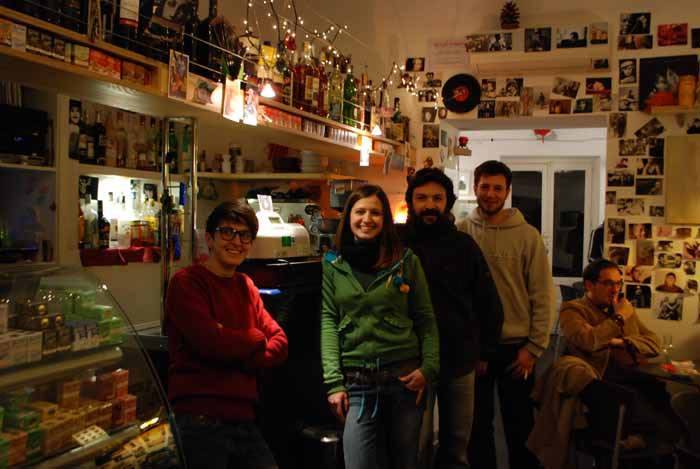
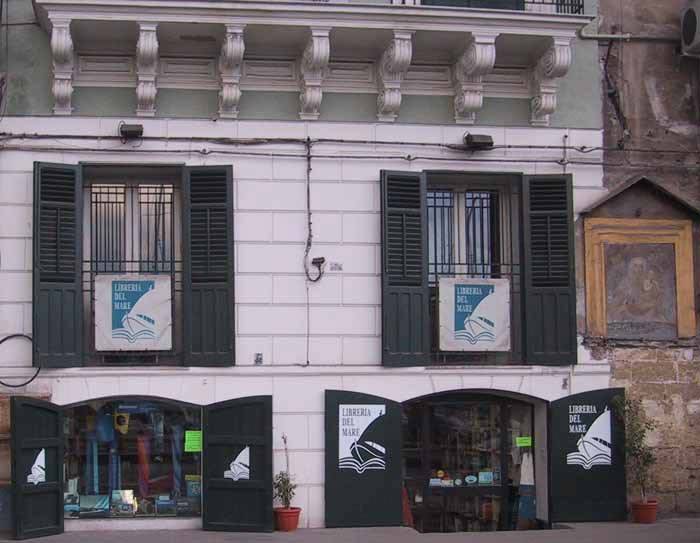

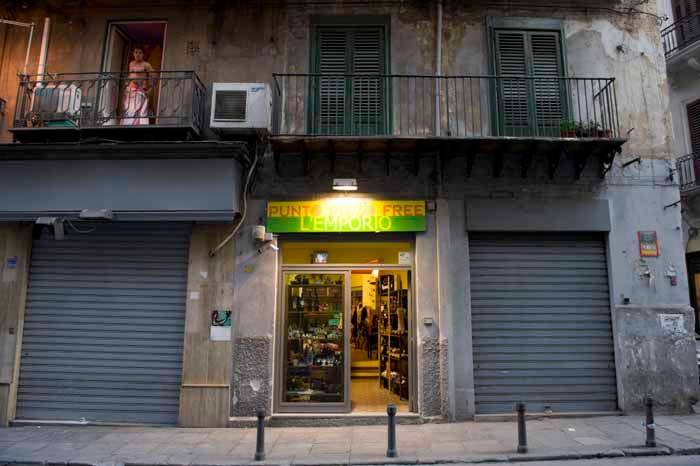
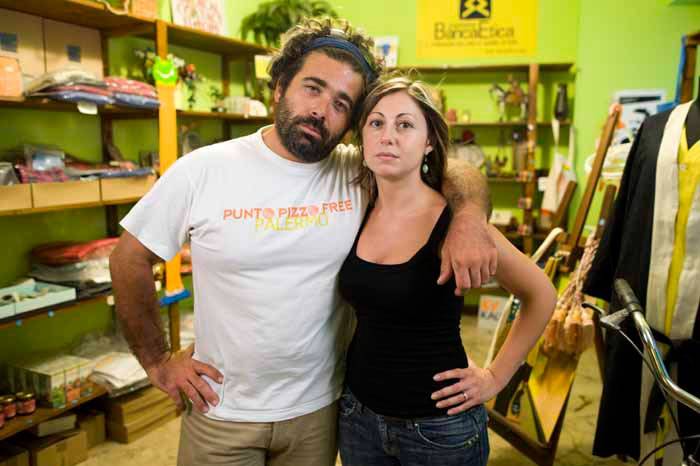




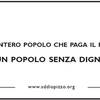


i-Italy
Facebook
Google+
This work may not be reproduced, in whole or in part, without prior written permission.
Questo lavoro non può essere riprodotto, in tutto o in parte, senza permesso scritto.